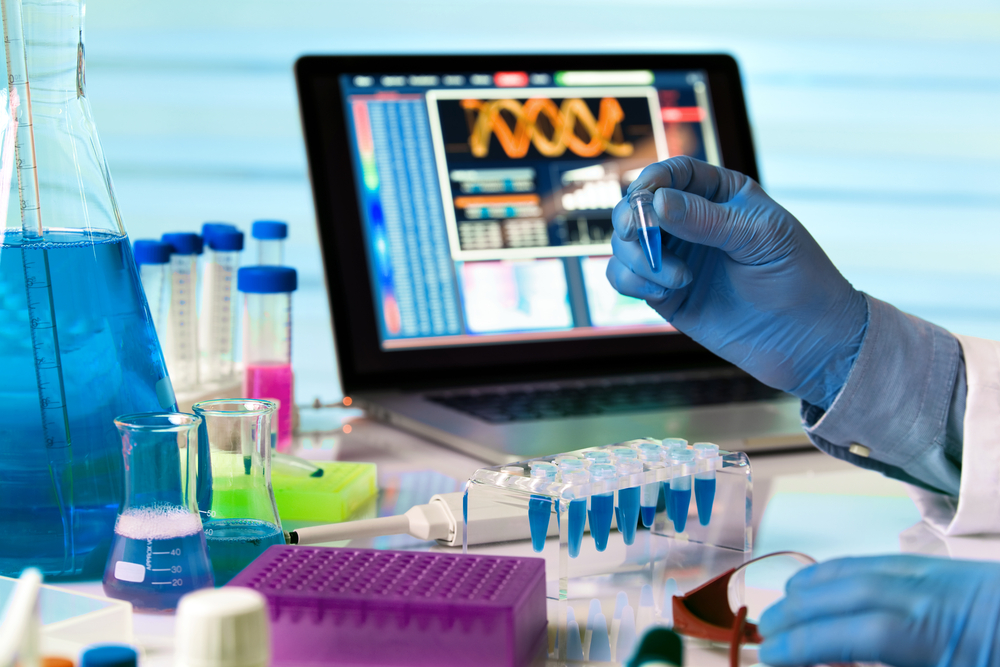Scientists Identify New Huntington’s Disease Biomarkers in Mouse Study
Written by |

Researchers identified several new biomarkers in mice that may help in the early diagnosis of Huntington’s disease in humans, according to a new study. These biomarkers may also be useful to evaluate patients’ responses to potential treatments.
The Stanford University School of Medicine study, “Potential Biomarkers To Follow The Progression And Treatment Response Of Huntington’s Disease,” was published in The Journal of Experimental Medicine.
There is no known cure for Huntington’s disease. Although genetic tests may help detect mutant huntingtin, the protein that is dysfunctional in this disease, there are still no treatments to prevent or improve symptoms in patients.
Some limitations account for the lack of therapeutic options. For example, the slow progression of Huntington’s disease and the appearance of visible symptoms make it difficult to develop clinical trials in humans that may provide fast results. Also, researchers are unable to take brain samples to evaluate the effect of potential drugs in patients. Therefore, the identification of potential biomarkers that can help detect the disease as early as possible would be an important contribution for Huntington’s patients.
Researchers had previously identified a molecule called P110 that can restore energy production in the mitochondria (the cell’s powerhouse, which is affected in Huntington’s disease due to the toxic accumulation of mutant huntingtin protein) and prevent neuronal loss in mice with the disease. They identified molecules from other tissues rather than the brain that can be used to assess disease progression as well as the patient’s response to treatment with P110 or other drugs.
Using mice with Huntington’s, the team observed that symptoms of the disease were associated with an increase in the levels of mitochondrial DNA in the blood. In more advanced stages of the disease, mitochondrial DNA levels decreased (as this DNA is possibly released from dying neurons, in later stages there won’t be as many neurons to release DNA). Importantly, treatment with P110 prevented the release of mitochondrial DNA to the blood, correcting these values to those observed in healthy mice.
In addition to mitochondrial DNA, the team identified other potential biomarkers in mice. These include levels of a molecule called 8-hydroxy-deoxy-guanosine (which results from DNA damage) in the urine, and the presence of mutant huntingtin aggregates in muscle and skin cells. Treatment with P110 reduced the levels of both biomarkers in mice with Huntington’s disease.
It is now necessary to confirm whether these biomarkers can be useful to detect Huntington’s disease in human patients. The team has already found that at least the levels of mitochondrial DNA are indeed significantly increased in blood samples from a small group of patients.
“We have identified several biomarkers that correlate with disease progression and treatment in mice,” Daria Mochly-Rosen, senior author of the study, said in a news release. “We hope that our work will provide the basis for a larger study of patient samples that may ultimately identify biomarkers that can be used as surrogate markers to determine the benefit of therapeutic interventions in diagnosed but asymptomatic [Huntington’s disease] patients to prevent or delay disease onset.”





